Discovering Dénia, Costa Blanca (Spain).
There are endless reasons to visit Dénia in Spain. Miles of beautiful sandy beaches lapped by the warm Mediterranean Sea, a fascinating old town with a picturesque castle, a quaint harbour with fishing boats, modern marina with a host of leisure activities, possibly the best cuisine on the Costa Blanca, walking routes through a nature reserve, and an amazing history that goes back to Roman times or beyond… Dénia has it all!

Reasons to Visit Dénia in Spain
Dénia is the Costa Blanca’s most northern coastal resort at the top of Alicante province, a scenic setting framed by the Montgó mountain protected nature park. It has some 20 kilometres of coastline which feature secluded rocky coves, popular urban beaches and vast extensions of dune-backed golden sands.
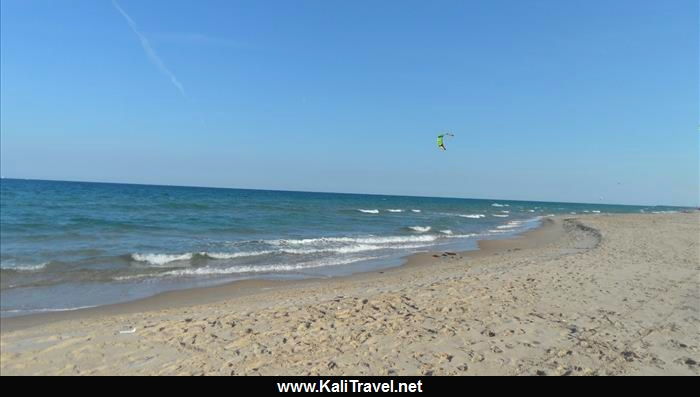
The coastline north towards Oliva (just inside Valencia Province) is a succession of unspoilt kilometre-long sandy beaches and dunes; this area has several campsites and ‘chiringuito’ beach cafés, and is popular for kite/windsurfing. The main seafront promenade runs along from the fishing port past the old mariners quarter and along to the leisure harbour.
Dénia castle sits on a hill behind the quaint old town where there are several interesting sites to see and many restaurants to visit!
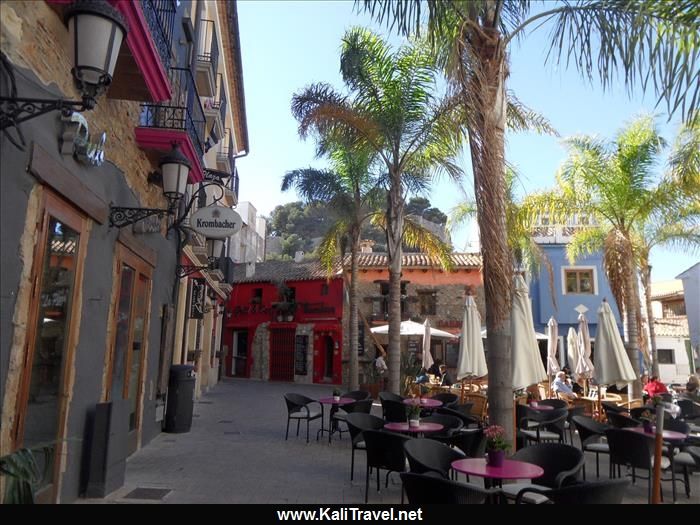
There are two main leisure zones jutting out into the harbour… to the left by Punta de Raset a row of classy restaurants and trendy cocktail bars by the ferry terminal. From here you can catch the fast ferry over to Ibiza or Formentera for a day trip, or stay for longer on the islands (take your car or scooter if you wish), and it’s possible to continue on to Mallorca, and even Menorca.
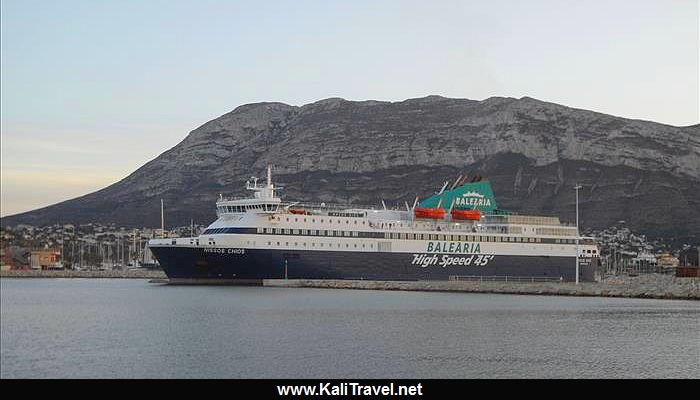
Very conveniently you can walk around to this area and then catch the Balearia launch back across the harbour to the promenade, a service which was free of charge for not only customers from the ferry, but for the public in general. On the right-hand side of the Nautical Club the exclusive Marina de Dénia with fashionable eateries and pubs, great during the day and for nightlife.
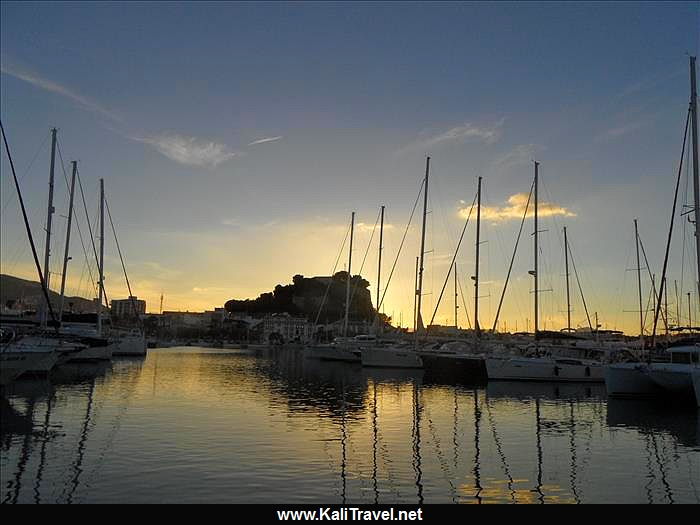
Fascinating History of Dénia
Dénia’s origins are thought to go back as far as the Bronze Age. However, the earliest remains are the ruins of the Iberian settlement of Dinui which are still visible on the hillsides. Legend places ‘Hemeroscopeion’ here too, a commercial hub for Ancient Greece’s Mediterranean sea trade; the Romans came along and renamed the town ‘Dianium’ after their Goddess Diana, and used it as a naval base during the 1st century BC.
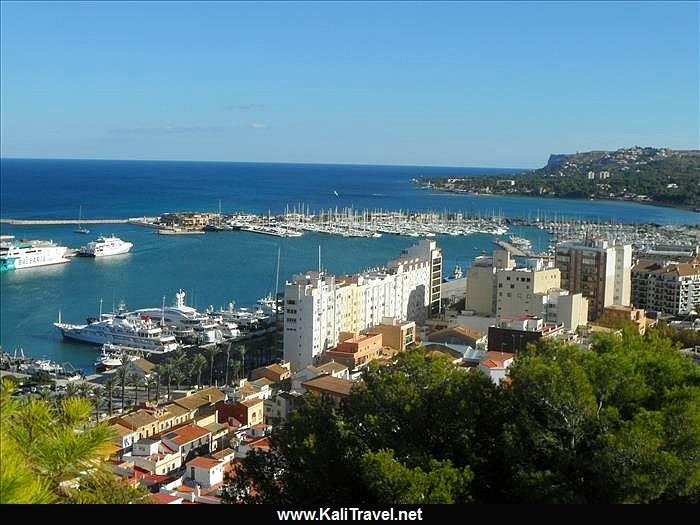
During the Moorish period ‘Daniya’ was a base for ship building and the town became the flourishing capital of an independent state, the Taifa of Valencia and Ibiza (10th century). Reconquered by the Christians in the 12th century, under the Spanish crown it went on to become a prosperous commerce centre in the Middle Ages. Eventually the town evolved into modern day Dénia. The port has always been a vital part of local economy and an important part of social life.
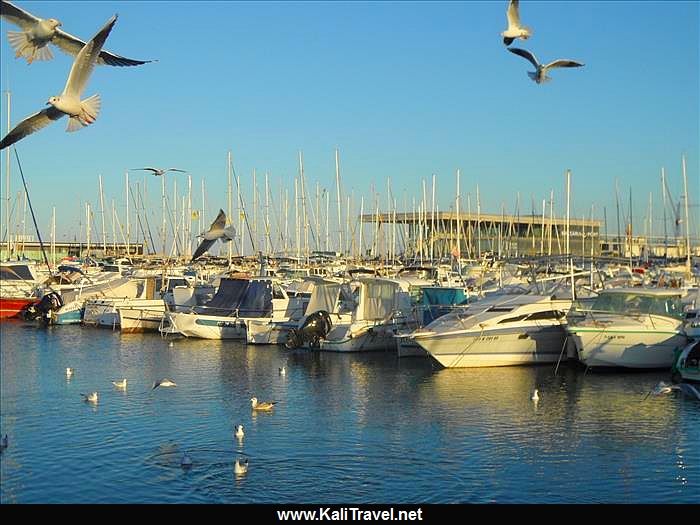
Baix la Mar is the traditional sailors quarter that borders the harbour seafront. Stroll along the smart promenade then wander around the narrow backstreets, a quaint district full of restaurant terraces and tapas bars, wonderful for dining al fresco.
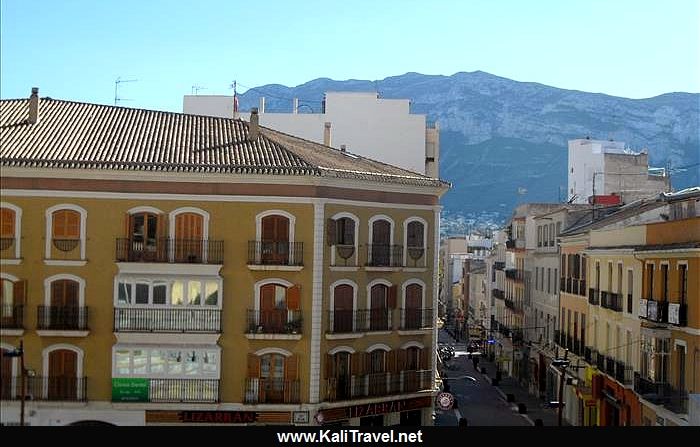
Dénia’s main street Marqués de Campo leads up from the harbour, a wide tree-lined avenue with plenty of street cafés and stylish shops. Wander through the back streets and into the historic town centre and you’ll come across some fascinating sites.
These include the interesting 16th century San Antonio Franciscan Convent (XVI) located in Plaza del Convento or La Asunción Parish Church in 18th century Gothic style with a typical blue tiled dome which you’ll find in the Town Hall square (Plaza de la Constitución) just below the castle walls.
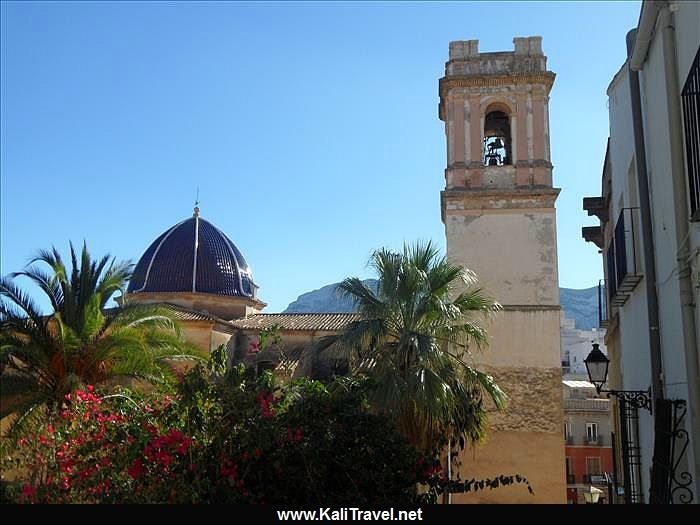
The distinctive Town Hall building originally dating to the 16th century and later remodelled in neoclassic style, has an attractive facade with six pillared archways and a characteristic clock tower.
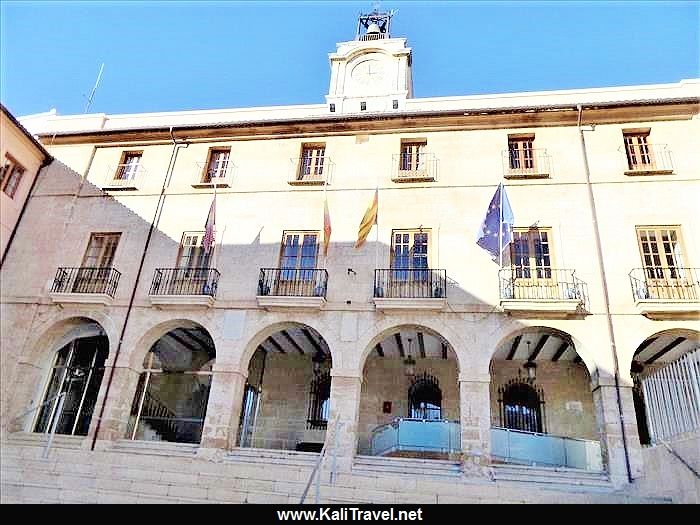
Walk up the steps beside this emblematic building and through the narrow medieval streets till you reach the entranceway to Dénia castle – a fascinating complex of stone walls and turrets.
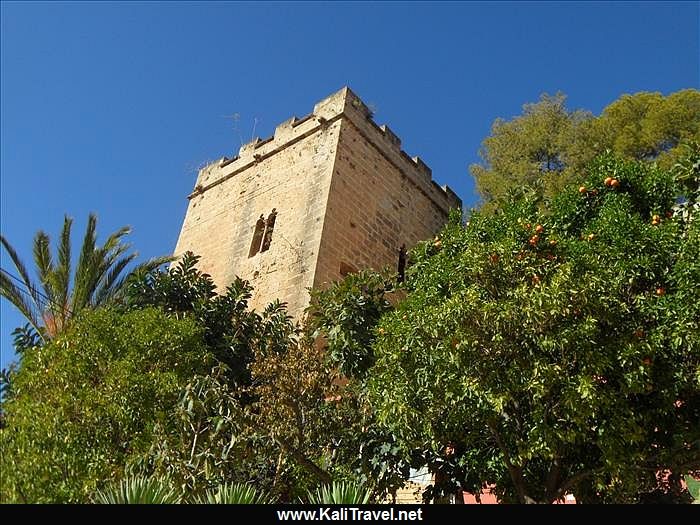
Dénia castle has stood on this site since the Islamic Period, in a crucial position to defend the port. Over the centuries it has been partly destroyed in historic battles, and subsequently rebuilt on various occasions. You can see the remains of the different eras and visit the castle archaeological museum to appreciate the ancient relics from the cultures that have passed this way.
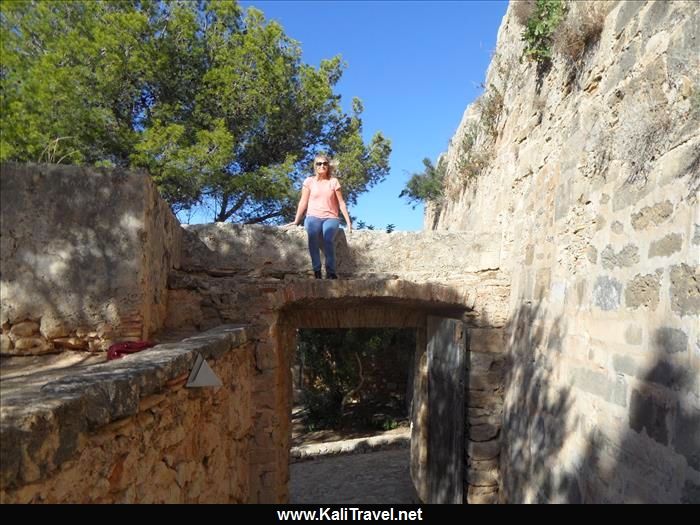
The ‘castle tunnel’ is an old Spanish Civil War air raid shelter built in 1937 to protect civilians from the bombings on the port – dug through the rock at the base of the castle walls it’s a handy shortcut that goes from Plaza del Consell through to Ronda de las Murallas.
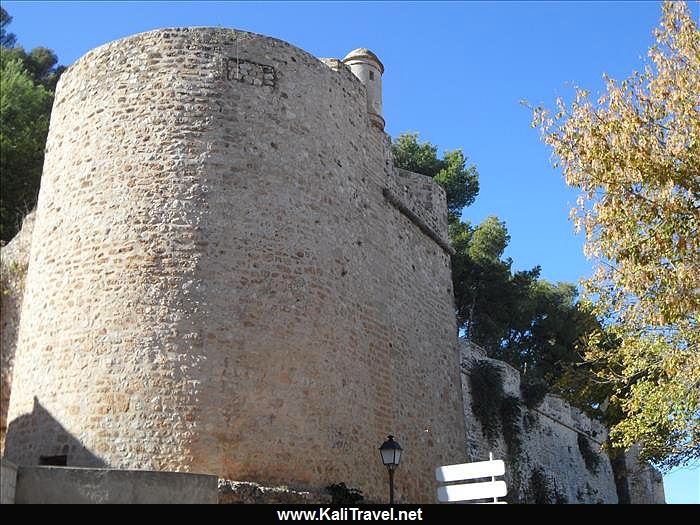
Interested in the history of the Costa Blanca? You might find this related article useful, just click on the banner to read it:
Dénia Cuisine – UNESCO City Of Gastronomy
The town is famed for its wonderful cuisine, especially fresh seafood and rice dishes…. delicacies include the delicious Dénia Red prawns and sea urchins. Local specialities include ‘Arro´s a Banda. In fact, UNESCO has recognised Dénia as a Creative City of Gastronomy. The fish market is located down by the docks, you can see the boats come in with their hauls during the afternoon, watch the fish auction, and then purchase fresh fish.
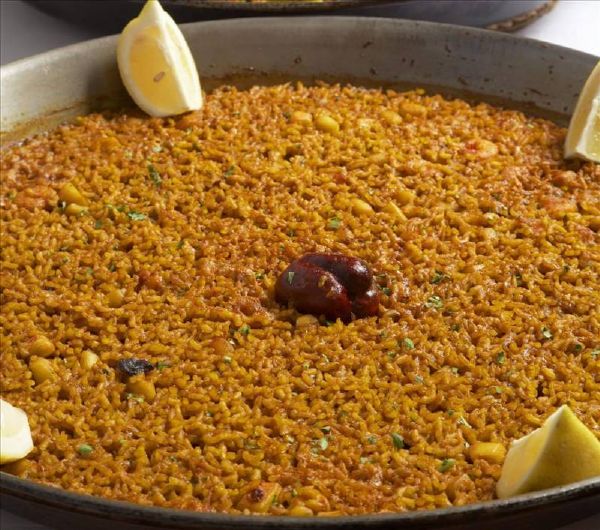
Dénia has an amazing selection of eateries which range from great beach cafés to the truly exclusive – popular places to dine out include Dénia Marina, the old fishing district, and Calle Loreto (just off the town hall square) where there’s a choice of restaurants in beautifully renovated traditional town houses offering gourmet cuisine on excellent set ‘menus’.
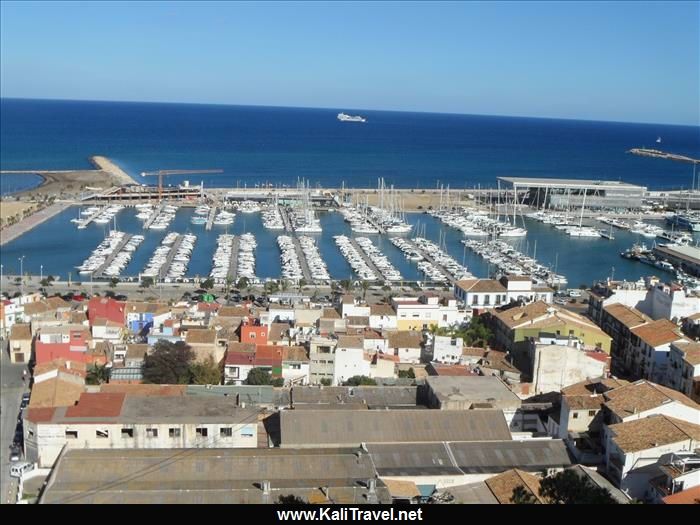
The Beaches of Dénia
Dénia has fabulous wide sandy beaches and enchanting rocky coves in two distinctive zones. To the left of the harbour Punta del Raset is a popular sandy beach with easy access for the handicapped. From here a succession of immaculate wide fine golden sand beaches stretch northwards along the coast towards Oliva in Valencia province.
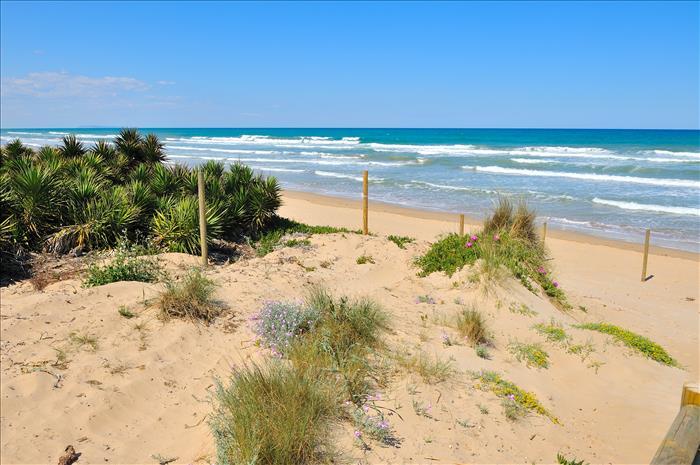
In places there are beach bars/restaurants with facilities such as sun beds and shades, in others the sands are backed by natural dunes. Waters are clear and usually calm, the ideal environment for family summer holidays.
Some 15 kilometres of sands begin at a succession of beaches: Les Marines, Els Molins, Les Bovetes, L’Almadrava and Les Deveses. These are easy to reach by car along the scenic Les Marines road which runs parallel to the coast through rural countryside fringed with orange orchards.
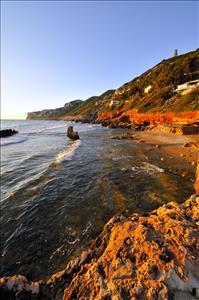
On the southern stretch of Dénia coastline the scene is worlds apart. The coast becomes rockier, with protected coves and beautifully clear sea ideal for diving (partly a marine reserve where permission is need for scuba diving).
Marineta Cassiana is a popular sandy beach backed by a smart promenade which leads to Les Rotes coves, El Trampolí and Punta Negra. At Playa Arenetes there’s a viewpoint and steps down to La Cala, a naturist beach.
Playa Arenetes – Photo courtesy Dénia Tourism Board
Montgó Protected Nature Reserve
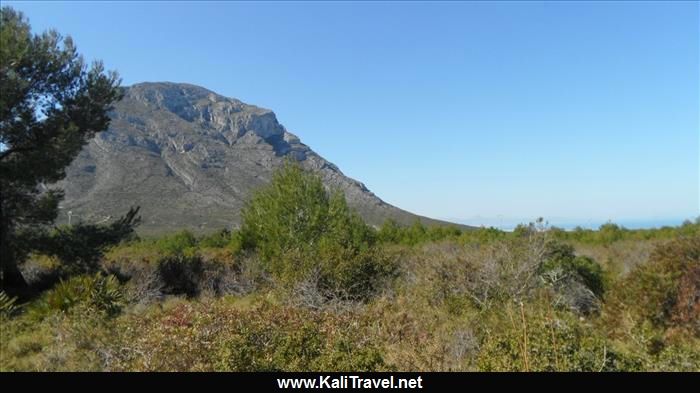
Drive up into the Montgó natural park to the Cabo de San Antonio lighthouse for fabulous views over the town, across the bay of Valencia to the north, over the Mediterranean Sea to the islands (you can see Ibiza on a clear day), and southwards down the coast towards Jávea the neighbouring seaside town. There are some great walks on the Costa Blanca and Montgó is one of them! and great picnic areas.
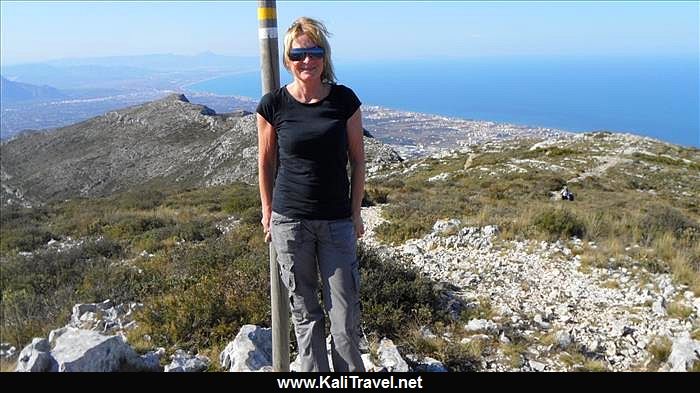
Useful Information on Dénia
How to Get to Dénia
- By road: N 332, Km 198 exit at Ondara and take the C-311 to Dénia; AP-7 motorway, exit 62. From Jávea take the A-132 or P-132 road.
- Nearest airports: Alicante 100 km, Valencia 113 km. See ALSA Bus service www.alsa.es for airport connections.
- By sea: Balearia Ferry to/from Ibiza, Formentera, Mallorca depending on season. See www.balearia.com for more details.
Dénia Tourist Info Office
Plaza Consell, 03700 Dénia. Tel: 966422367
Email: denia@touristinfo.net
Web: www.denia.net
Related posts about the Costa Blanca
(Alicante Province north to south)
- Costa Blanca Beaches and Coastal Resorts with info on outdoor activities, watersports, local history, cuisine, fiestas, getting here…
- Dénia
- Ondara
- Moraira
- Benissa
- Calpe
- Jalón Valley
- Altea
- Alfaz de Pi & El Albir
- La Nucía
- Polop de la Marina
- Guadalest Valley – Guadalest village & reservoir walk
- Guadalest Valley – Benimantell, Beniarda, Benifato, Abdet, Confrides
- Benidorm
- Finestrat
- Finestrat – Mountains Walks – Puig Campana
- Villajoyosa
- El Campello
- San Juan beach
- Alicante
- Tabarca Island
- Torrevieja
- Rojales
- Pilar de La Horadada
Discover the World with![]() the blog with a focus on independent travel
the blog with a focus on independent travel




A great place to live and work.
Yes, Denia is a great place to live all year round and for holidays too! We love going there for a day out as we live on the Costa Blanca too!